Over the past decade, there has been a revolution in observational astronomy spearheaded by the Laser Interferometer Gravitational-Wave Observatory (LIGO). The LIGO scientific collaboration has over a thousand members from institutions across North America and, together with the European Virgo and Japanese KAGRA collaborations, operates four gravitational wave detectors across the globe. Until 2015, information from space came overwhelmingly from measuring different light waves, a method of observation which has been used by astronomers since Galileo first pointed his homemade telescope skyward over 400 years ago. On Sept. 14, 2015, the two detectors of the LIGO collaboration made the first observation of gravitational waves—ripples in space itself—created by merging black holes.
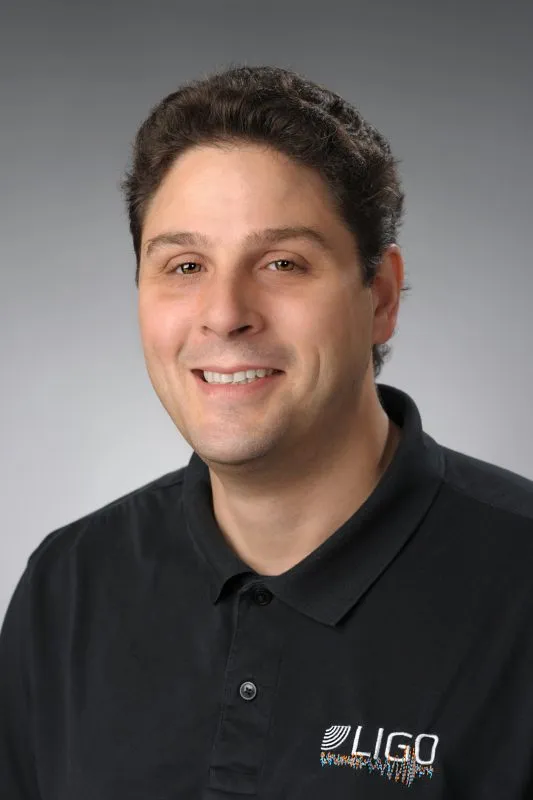
Stefan Ballmer, associate professor of physics
By using lasers to precisely measure the travel time of light over large distances, LIGO has been able to directly detect gravitational waves warping space. Historically, it has been challenging for astronomers to directly observe black holes with telescopes since, unlike stars, black holes do not produce light. However, by observing how black holes warp space, astronomers can now throw back the veil hiding these objects and start to create a population map of black holes in the universe. “If you’re doing something new, a new wavelength, or a completely new way of observing the universe, there’s going to be surprises,” says Stefan Ballmer, professor of physics in Syracuse University’s College of Arts and Sciences. “In fact, there were surprises from the very first source of gravitational waves.”
In the years since the first detection of gravitational waves, LIGO has observed over 40 binary black hole mergers and two binary neutron star mergers. A neutron star is an incredibly dense remnant of a normal star created when stars of certain masses explode in a supernova. LIGO and Virgo detected the collision of two neutron stars through their gravitational waves in 2017. This observation allowed astronomers to point telescopes at the collision and detect the aftermath of the collision in all wavelengths of light, from gamma rays to radio waves. Thus, the event came to detectors and telescopes through the different messengers of light and gravitational waves. The era of multi-messenger astronomy has begun, and the students and faculty of the physics department are at the forefront of this emerging field.
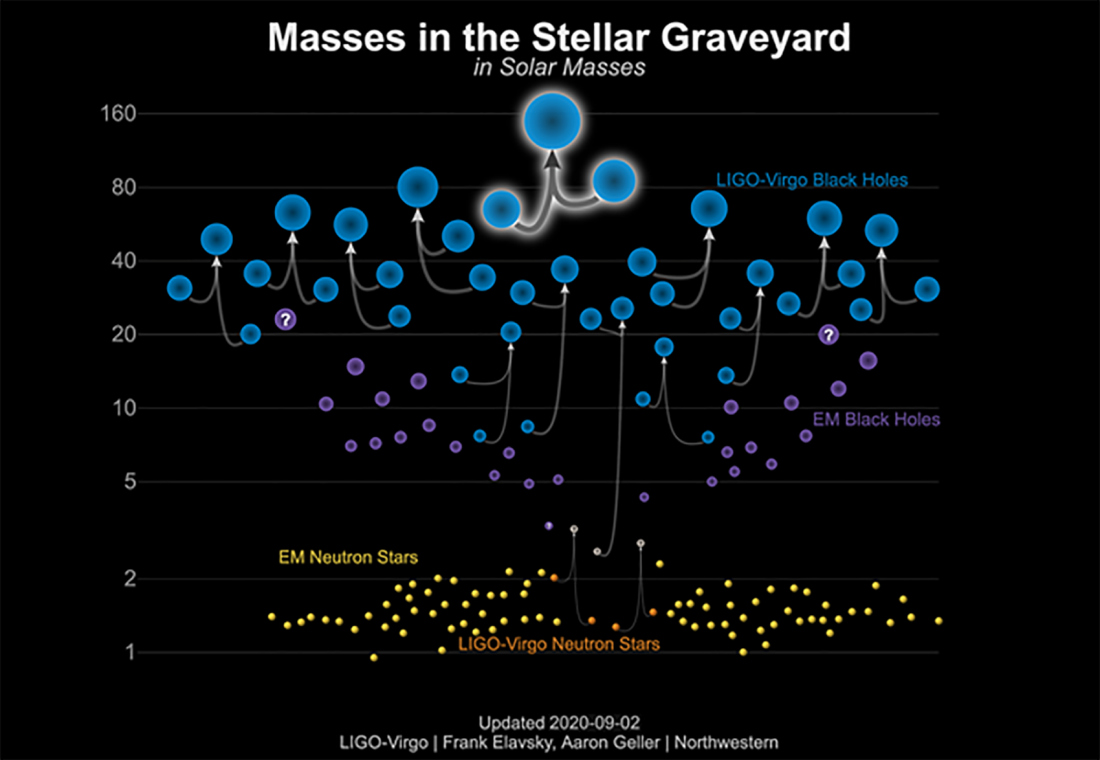
This graphic shows the masses of black holes detected through electromagnetic observations (purple), black holes measured by gravitational-wave observations (blue), neutron stars measured with electromagnetic observations (yellow), and neutron stars detected through gravitational waves (orange). [Image credit: LIGO-Virgo/Northwestern U./Frank Elavsky & Aaron Geller]
Growth Through Mentorship
When massive stars go supernova at the end of their life, the core of the star collapses upon itself and creates a black hole, a gravity pit so strong that not even light can escape. Some of these black holes form in binaries—two black holes orbiting each other—and eventually merge to form a larger single black hole. It was once thought that it was impossible for a black hole to be a part of multiple mergers within the lifetime of the universe. Now, thanks to one recent LIGO discovery, we know that to be untrue.
On May 21, 2019, LIGO observed its most massive event: The merger of two black holes many times larger than our own sun. The single black hole that resulted from the merger is the most massive one ever observed by LIGO. More than just a size record, the large masses of the two initial black holes hint at their creation through prior black hole mergers, challenging the previously held theories of many in the astrophysics community.
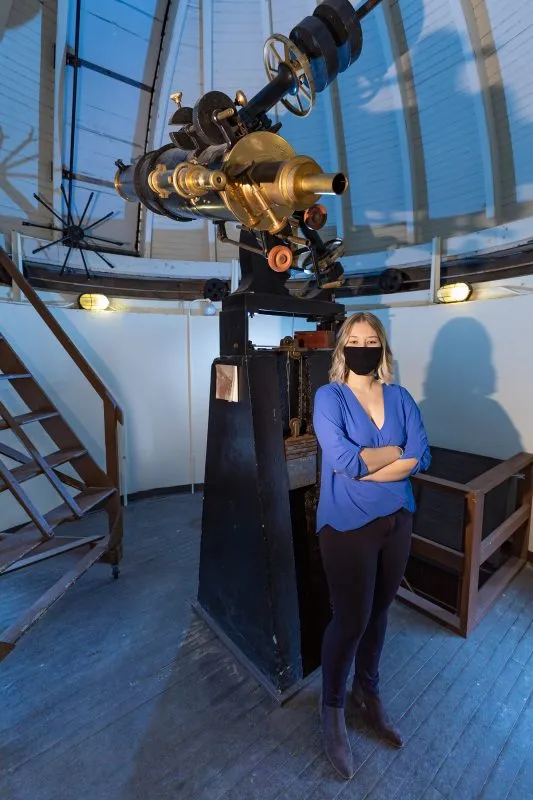
Laurel White in the Holden Observatory
Laurel White ’21 was an undergraduate when LIGO made its 2019 discovery. As a freshman with just a few physics classes under her belt, she reached out to Peter Saulson, the Martin Pomerantz Professor Emeritus of Physics, after reading about his research on detector characterization. White shared Saulson’s interest in tackling the problems that come along with a $1 billion detector that can measure distance changes down to thousands of the width of a proton. An email turned into a meeting, which turned into a full-fledged partnership.
White and Saulson, along with Ph.D. student Derek Davis G’19, created a system by which they could characterize and eliminate glitches in the detectors. She learned the important skills it takes to be a good researcher—documenting her work, identifying important questions, developing plans to answer those questions and communicating her work. “I was working with Professor Saulson and Derek when I published for the first time. Professor Saulson believed that my work had contributed to LIGO significantly enough to be granted authorship on a collaboration paper, and he advocated that I be included,” White remembers.
My mentors have taught me to be confident in my ability to do physics even in the face of frustration.
Laurel White
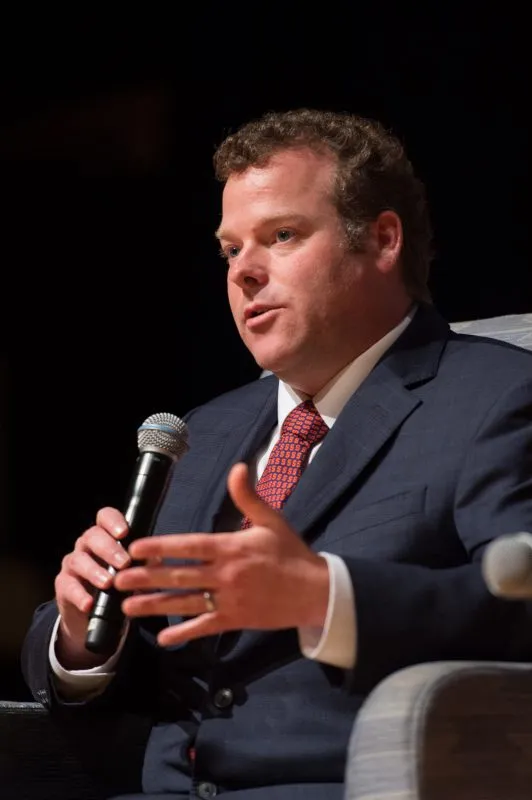
Duncan Brown, the Charles Brightman Endowed Professor of Physics
White eventually wrote her senior thesis with Duncan Brown, the Charles Brightman Endowed Professor of Physics and the University’s vice president of research, focusing on signals released by merging neutron stars. His support was pivotal in her future career plans. After hitting a wall on a difficult project, White grew discouraged and wondered if she should find a job instead of attending graduate school. Brown convinced her otherwise. “My mentors have taught me to be confident in my ability to do physics even in the face of frustration,” says White, who, today, is a graduate student at the Massachusetts Institute of Technology (MIT).
Teaching the Skills of Tomorrow
Syracuse faculty and students have benefited greatly from international cooperation in the gravitational-wave astronomy community. When a LIGO graduate student faces a problem, they have not only the knowledge of their advisor to help them, but also the wealth of knowledge held by their colleagues around the world. “It is literally a global core of scientists, and you can pretty much ping anyone who might know something about a problem at a moment’s notice,” says Ballmer, who also directs the University’s new Center for Gravitational Wave Astronomy and Astrophysics.
Fabian Magaña G’18 earned his Ph.D. working with Ballmer through research on optical improvements to the LIGO detectors. Before coming to Syracuse, he was connected through a LIGO colleague of Ballmer’s at his undergraduate college, California State University, Fullerton (CSUF).
My favorite part of being in the LIGO collaboration at Syracuse was the ability to talk, work and collaborate with a group that spanned the whole LIGO continuum.
Fabian Magaña
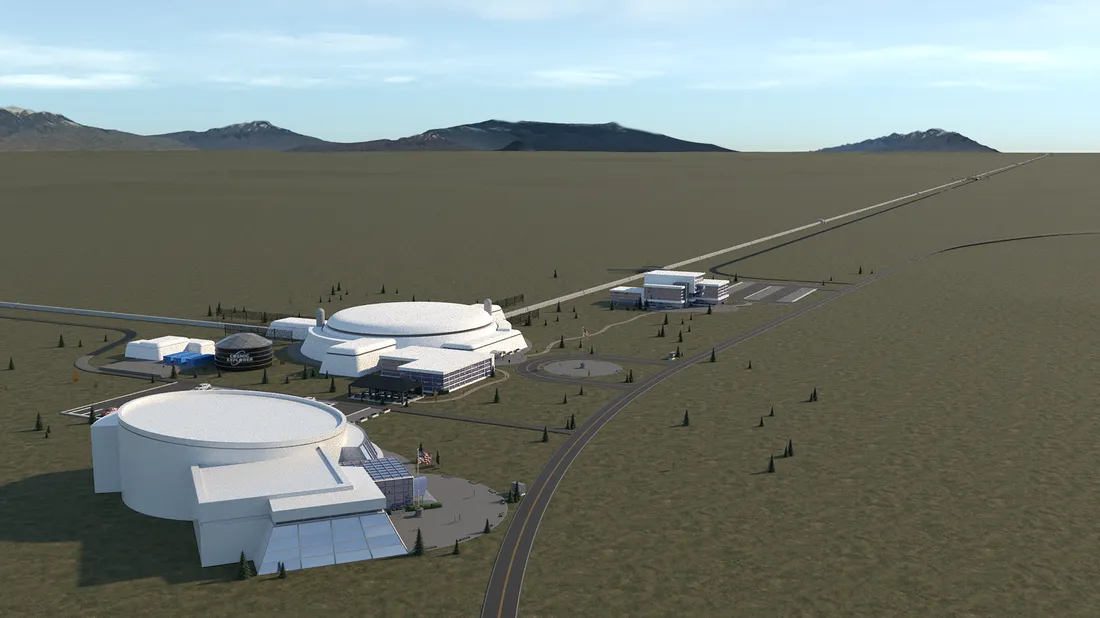
Cosmic Explorer, the next-generation, gravitational-wave observatory.
At Syracuse, Magaña acquired all the necessary skills to be a successful experimentalist. Whenever he hit a roadblock, Ballmer would assist via one-on-one lab work and theory discussions. Magaña is grateful for the researchers he was able to work with at Syracuse. “As I look back, I can say that my favorite part of being in the LIGO collaboration at Syracuse was the ability to talk, work and collaborate with a group that spanned the whole LIGO continuum,” he says.
When Magaña was planning his career, Ballmer connected him with a LIGO group doing similar work at the University of Florida, where he went on to pursue a postdoctoral research position. Today, Magaña works at Edison Energy in Southern California, researching ways to make the energy grid carbon neutral by 2045.
After studying, modeling and developing optical sensors and actuators, Magaña designed an optical device that would improve the alignment of the detector. The culmination of Magaña’s work at Syracuse was an inexpensive and noninvasive upgrade to the LIGO detectors. To this day, his upgrade has helped make the detectors more sensitive and able to see farther into the universe. Magaña also holds a patent on his invention.
One discovery that Magaña’s upgrade contributed to came on Aug. 14, 2019, when the LIGO detectors picked up another merger signal. This time one of the objects involved was extremely light—just 2.6 times heavier than the sun.
This compact object could be a black hole or neutron star, since scientists at LIGO do not have enough data to conclusively determine which of those labels is correct. If it is a black hole, it would be the lightest black hole ever observed, beating the current record of 3.8 times more massive than the sun. Conversely, if it is a neutron star, it would be the heaviest neutron star ever observed, barely pushing past the current record of 2.5 times more massive than the sun. The data from events like this could hold the key to understanding when neutron stars become too large and collapse to form black holes.
Brown and Ballmer, together with new faculty members Georgia Mansell, Craig Cahillane and Alexander Nitz G’15, are also developing the next-generation, gravitational-wave observatory called Cosmic Explorer. Billed as the United States’ contribution to a global, ground-based observatory network, Cosmic Explorer draws on breakthroughs in quantum optics and precision measurements to unlock secrets about the universe’s densest matter.
Ballmer was part of a team of researchers from Syracuse, MIT, The Pennsylvania State University, California State University and CSUF that came up with the idea. “Cosmic Explorer will enable us to study collisions of remnants from the first stars in the universe,” he says, adding that the federally funded project plans to be operational in the 2030s. “We’re at the edge of a new age of discovery, where we’ll be able to explore the entire universe with gravitational waves.”
Find more information about the Syracuse University Center for Gravitational Wave Astronomy and Astrophysics Opening Ceremony.
